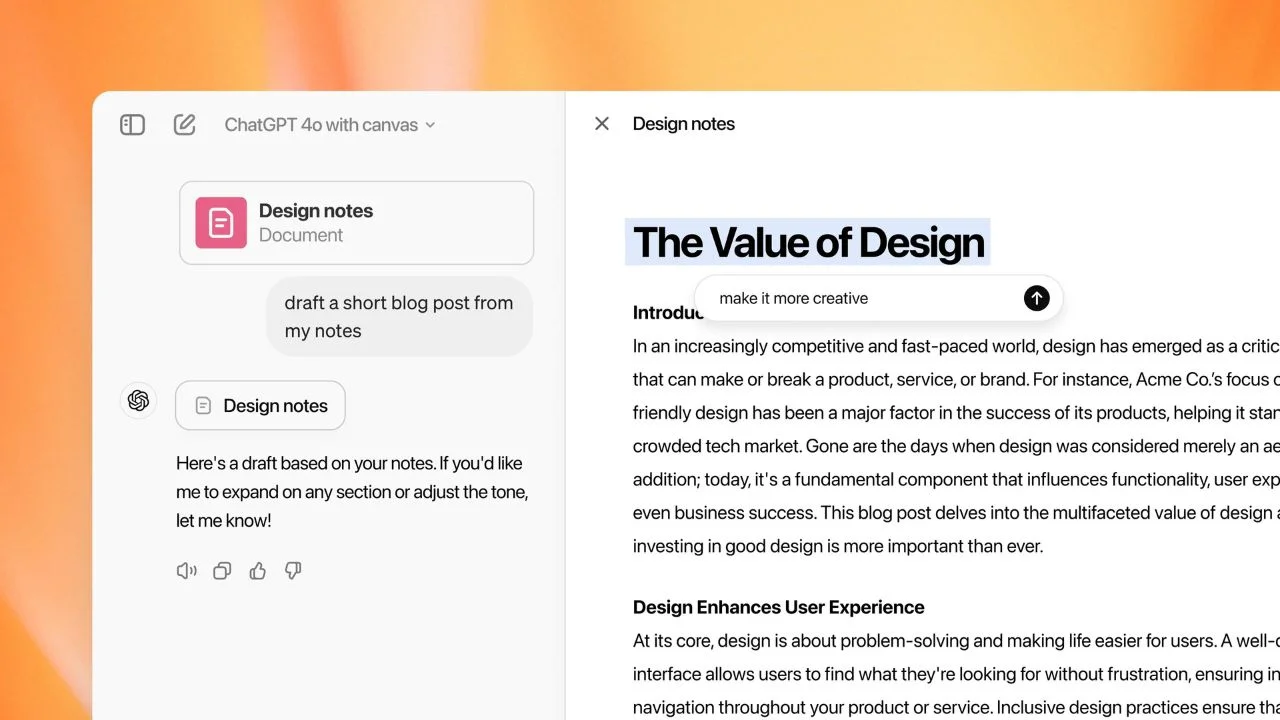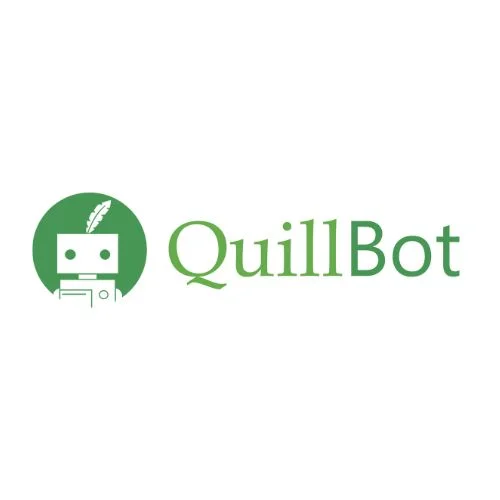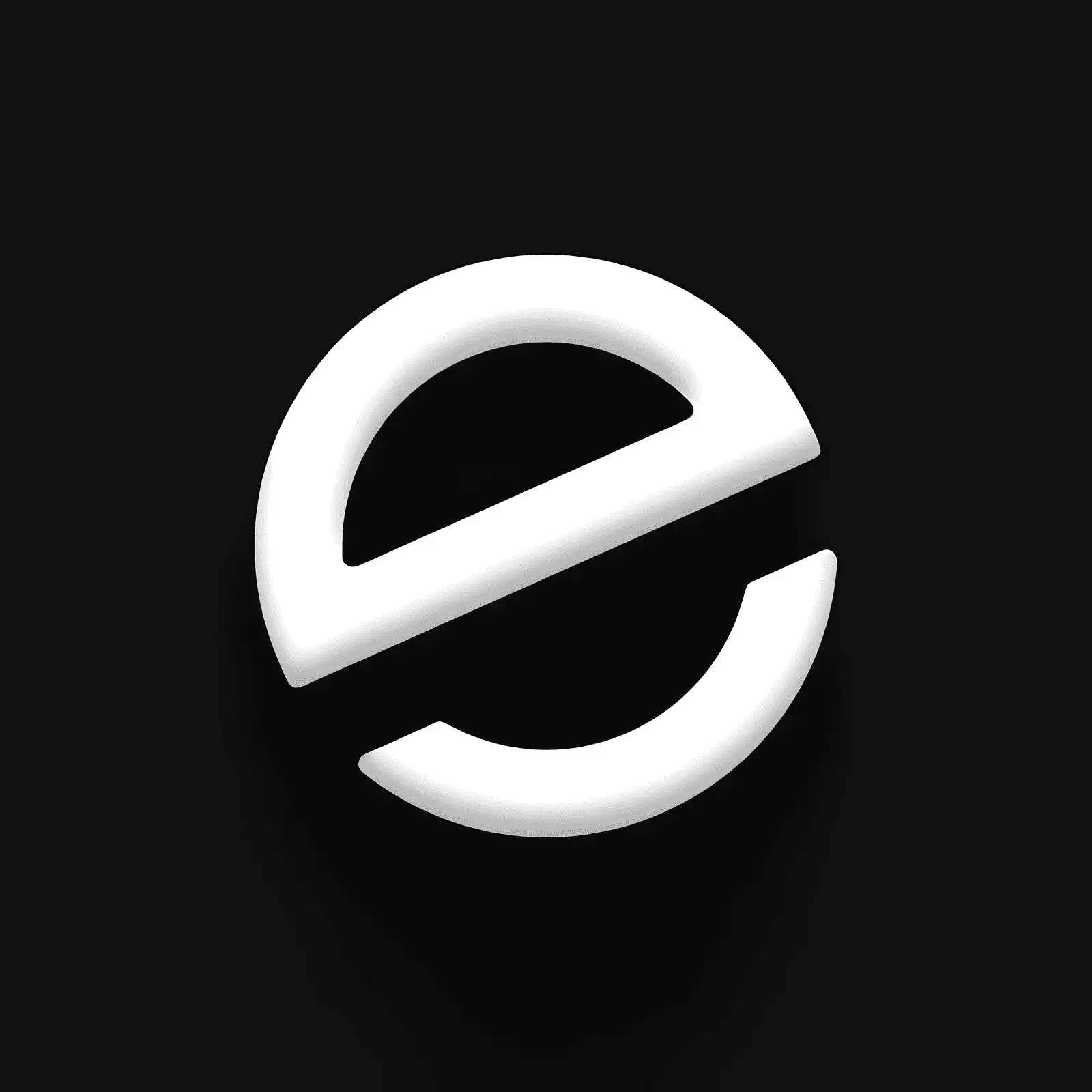
Fresh from its record-breaking $6.6 billion funding round, OpenAI is unveiling a revolutionary new feature within its signature AI platform, ChatGPT. The new addition, called Canvas, is set to elevate the user experience by allowing more direct, intuitive interaction with chatbot outputs. Canvas lets users edit specific sections of the chatbot’s responses in a sleek side-by-side view, offering unprecedented control and customization.
This exciting development is positioned to challenge Anthropic’s Claude Artifacts—another AI feature that provides users with a side-by-side interface to modify chatbot outputs. As the competition heats up between these AI giants, it’s clear that features like Canvas are the future of streamlined, collaborative AI usage.
But what exactly makes ChatGPT Canvas such a game-changer? Let’s dive in.
OpenAI’s Canvas is built on the advanced GPT-4o model, pushing the boundaries of what AI-powered tools can do. At its core, Canvas aims to solve a common problem faced by users: the need to constantly reprompt or regenerate content to make small adjustments.
Before Canvas, users would often request ChatGPT to generate text, and if they needed edits—whether to make it longer, more professional, or friendlier—they had to input a new prompt. This back-and-forth could become tedious, especially for longer projects like drafting emails or writing code.
But with Canvas, you no longer need to regenerate entire responses for minor tweaks. Now, users can isolate specific portions of text, modify them on the spot, and compare changes in real-time—all within a convenient, side-by-side window. This flexibility transforms ChatGPT into a much more powerful tool for tasks like writing, coding, and collaborating on content.
In a recent interview with VentureBeat, Daniel Levine, the product manager behind Canvas, explained the inspiration behind the feature.
“We’ve seen that a lot of people use ChatGPT for writing and coding, but the traditional chat interface wasn’t designed for making detailed edits,” Levine said. “When you’re working on a project that requires revisions, the chat’s top-to-bottom structure becomes limiting. That’s why we created Canvas.”
This addresses a common issue faced by writers and developers alike. When using the standard chat interface, making multiple revisions often required users to scroll back and forth to compare changes. It wasn’t efficient.
For example, imagine writing an email draft in ChatGPT. If you feel the tone is too formal or too casual, you might ask ChatGPT to rewrite it. But the new version may vary significantly from the original, requiring you to check line by line to see what’s different.
Canvas solves this problem by displaying the chatbot’s output in a way that makes it easy to make comparisons and modifications. You can see the original and edited versions side by side, without needing to scroll or copy-paste into another document. It’s all there—clean, intuitive, and designed for real-time interaction.
So, how exactly does Canvas work? The process is surprisingly simple. Once you toggle the model picker (where users select their preferred version of OpenAI’s models), Canvas becomes available. You can also directly prompt ChatGPT by saying, “Use Canvas,” and the feature will launch automatically.
From there, ChatGPT generates your text or code, and it appears in a separate window. Now, you can begin refining the output. Whether it’s adjusting the tone of an email, tweaking a blog post, or fixing a bug in a code snippet, Canvas lets you make changes directly within the document. The ability to highlight text and give ChatGPT instructions for edits offers a new level of precision.
Canvas also comes with built-in shortcuts, streamlining the editing process. Users can adjust text length, readability, and even add finishing touches like emojis for personalization. This makes Canvas incredibly useful for professional writers, marketers, and developers who want quick, easy modifications without jumping between different tools.
For coding, the feature shines even brighter. Developers can review lines of code, add comments, or debug directly within the Canvas interface. It even supports multiple programming languages, allowing seamless porting of code between languages. And because Canvas features line numbers, making changes or tracking bugs is a breeze.
Essentially, Canvas transforms ChatGPT into a more robust platform—offering tailored solutions for both casual and professional users.
OpenAI’s introduction of Canvas feels like a direct response to Anthropic’s Claude Artifacts, which was launched in June 2024. Claude Artifacts also features a side-panel view that allows users to see and interact with the chatbot’s output more intuitively.
So, how does Canvas compare to Artifacts?
Claude Artifacts is known for its easy-to-understand, highly accessible interface. It allows users to run simple Python programs and visualize how changes to code will look—perfect for developers. However, one key difference is that Claude Artifacts is available to all Claude users, whereas Canvas is still in its beta phase, currently rolling out to ChatGPT Plus and Teams subscribers. Other tiers, including Enterprise and Education, will gain access soon, and OpenAI has plans for a full release to all users.
Another major distinction is how both platforms approach collaboration. Canvas is designed with a more fluid, user-friendly interface that caters to writing and coding alike, whereas Claude Artifacts has been praised for its coding capabilities, with fewer features catering to content creation.
This sets the stage for a highly competitive landscape between these two AI giants, both vying to make AI tools more collaborative and accessible for everyday users.
OpenAI and Anthropic’s push to create more user-friendly chatbot interfaces reflects a larger trend in the AI industry. More and more users—both professionals and casual users—are looking for tools that streamline collaboration and content creation.
Third-party apps like Hyperwrite, Jasper, and JotBot have already made strides in this space. These platforms allow users to generate text and make edits without leaving the chat window, making them useful for tasks like drafting emails, social media posts, or even full-length articles. But the introduction of Canvas takes things a step further.
By offering real-time, side-by-side editing for both writing and coding, Canvas positions itself as an all-in-one solution for users who want more control over their AI-generated content. Whether it’s refining an article or debugging code, Canvas gives you the flexibility to work directly within the AI platform—no external tools required.
As more AI-powered features roll out, it’s clear that collaborative work will become an essential part of the modern workplace. Tools like ChatGPT Canvas and Claude Artifacts will likely become standard across industries, as more professionals look to streamline their workflows.
“We do think collaborative work is an important part of the workplace,” Levine explained. “So we’re taking a first step here.”
With Canvas already making waves in the AI community, we can expect other platforms to follow suit, integrating similar features that emphasize ease of use, collaboration, and customization. As these tools evolve, they’ll continue to transform how we work with AI—whether for writing, coding, or content creation.
For now, OpenAI’s Canvas is setting a new standard in how AI can assist with day-to-day tasks, making ChatGPT a more versatile and powerful tool than ever before.
Subscribe and get 3 of our most templates and see the difference they make in your productivity.
Includes: Task Manager, Goal Tracker & AI Prompt Starter Pack
We respect your privacy. No spam, unsubscribe anytime.

AI tool that improves writing with smart paraphrasing, grammar checks & image generation.

Build full-stack, production-ready software using plain-language prompts—no coding needed.

AI tool organizes your inbox by automatically sorting emails and reducing clutter.